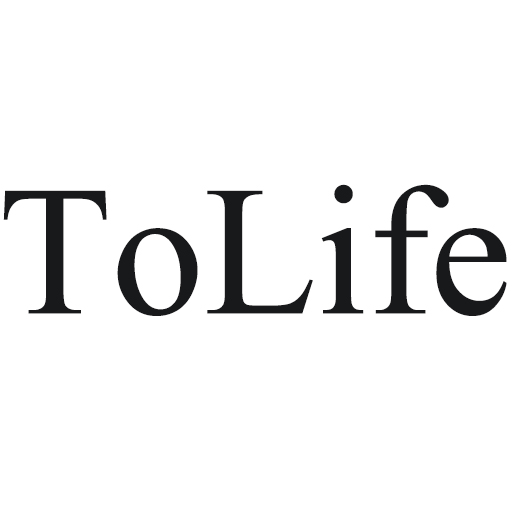Innovative Tools for Modern Science Learning
Introduction
In today’s rapidly evolving educational landscape, innovative tools and technologies are transforming the way science is taught and learned. These advancements not only enhance the learning experience but also prepare students for future challenges in the scientific community. This article explores key innovative tools used in science education and how programs like ToLife leverage these resources to foster a dynamic learning environment.
Moartina Mlaia

Key Technologies in Science Education
1. Virtual Labs
Virtual labs have revolutionized science education by allowing students to conduct experiments in a simulated environment. These platforms provide a safe and accessible space for experimentation, enabling students to explore complex concepts without the limitations of physical lab resources. For example, platforms like Labster offer interactive simulations that cover a wide range of scientific disciplines, from biology to chemistry.
2. Interactive Simulations
Interactive simulations allow students to manipulate variables and observe outcomes in real-time, deepening their understanding of scientific principles. Tools such as PhET Interactive Simulations provide engaging visualizations of concepts, helping students grasp difficult topics like motion, energy, and chemical reactions through hands-on virtual experiences.
3. Online Collaboration Tools
Collaboration is essential in scientific research, and online tools facilitate teamwork among students, regardless of their physical location. Platforms like Google Workspace and Microsoft Teams enable students to work on projects together, share resources, and communicate effectively, mirroring real-world scientific collaboration.
4. Data Analysis Software
As data-driven decision-making becomes increasingly important in science, familiarizing students with data analysis software is crucial. Tools like R, Python, and MATLAB empower students to analyze complex datasets, visualize results, and draw meaningful conclusions, equipping them with valuable skills for their future careers.
Impact on Learning Outcomes
The integration of these innovative tools in science education has profound effects on learning outcomes:
Increased Engagement
Interactive tools and virtual labs significantly boost student engagement by making learning more dynamic and immersive. Students are more likely to participate actively in their education when they can interact with content in innovative ways.
Improved Understanding
By providing hands-on experiences and real-time feedback, innovative tools facilitate deeper understanding. Students can visualize abstract concepts and apply their knowledge in practical scenarios, leading to enhanced retention of information.
Development of 21st Century Skills
The use of modern educational tools fosters the development of critical 21st-century skills, such as problem-solving, analytical thinking, and collaboration. Students learn to navigate technology, work in teams, and approach challenges with innovative solutions.
How ToLife Utilizes Technology
At ToLife, we are committed to integrating innovative tools into our science education programs. Here’s how we utilize technology to enhance the learning experience:
Access to Cutting-Edge Resources
ToLife provides students with access to the latest educational technology and resources. This includes subscriptions to virtual lab platforms, interactive simulation tools, and data analysis software, ensuring that students have the tools they need to succeed.
Comprehensive Training
ToLife offers comprehensive training sessions for both students and educators on how to effectively utilize these innovative tools. This training equips everyone with the skills necessary to maximize the benefits of technology in science education.
Real-World Applications
ToLife emphasizes the importance of real-world applications in science education. By incorporating technology that reflects current industry practices, students gain insights into the tools and methodologies used by professionals in the field.
Conclusion
Innovative tools are reshaping the landscape of science education, creating exciting opportunities for enhanced learning and engagement. By leveraging technologies like virtual labs, interactive simulations, and collaborative platforms, educators can provide students with a richer educational experience. At ToLife, we are dedicated to utilizing these cutting-edge resources to empower the next generation of scientists and innovators, ensuring they are well-equipped for the challenges of tomorrow’s scientific landscape. Embracing innovation in education not only prepares students for academic success but also fosters a lifelong passion for discovery and exploration in the world of science.



There are many variations of passages of Lorem Ipsum available, but the majority have suffered alteration in some form, by injected humour, or randomised words which don’t look even slightly believable. If you are going to use a passage of Lorem Ipsum.ou need to be sure there isn’t anything embarrassing hidden in the middle of text. All the Lorem Ipsum generators on the Internet tend to repeat predefined chunks as necessary, making this the first true generator on the Internet.
Smartwatches have a digital screen which we can apply the various type of screens also we can apply our photos on the smartphone screen. An iOS Smartwatch is a wearable device in the form of a watch which is a combination of the watch, health monitor, and Mobile phone.